Examples of technical papers written using Microsoft Word
Over the years, I have written research papers using LaTeX and Microsoft Word, switching back and forth repeatedly. Each system has benefits and drawbacks. On the whole, I slightly prefer Word but am often swayed to use LaTeX by coauthors. Here are some notes on using Word, together with some published papers as examples.
Using math in Microsoft Office
I put together some quick reference notes (cheat sheet) on using math in Microsoft Office (PDF version).
Benefits of Microsoft Word
- The what-you-see-is-what-you-get editing is wonderful. (The LyX graphical interface to LaTeX is nice but not as seamless.)
- It is easy to copy/paste built-up math within the document, to/from HTML emails, and to/from PowerPoint.
- There is no “build process”; the document is always ready.
- All content (figures, images, tables, graphs, and even graph source data) is self-contained in one compact *.docx file.
- This file is easy to exchange with others, for instance as an email attachment.
- For simple version history, one can take periodic snapshots of the file.
- Several people can insert comments, which can be made visible or invisible, without altering formatting and layout. (LaTeX comments or macros are not as convenient; often it's easiest to annotate a PDF, but this is then disjoint from the source text.)
Benefits of LaTeX
- It is handy to organize text at the sentence level by starting each sentence on a new line.
- The paper can be polished by selectively commenting/uncommenting text.
- Macro definitions can factor out repeated content or functionality. In Word, styles enable shared formatting.
- Collaborators can work simultaneously on the text using a version control system that supports merging. Word supports “formal co-authoring” using either SharePoint or OneDrive; I have not tried this.
- Style files (*.cls and *.sty) and computed dimensions (e.g., 0.33\linewidth) make it easier to adapt a paper submission to a new venue, if it is rejected ☹. In Word, it is a bit more cumbersome to change styles and image sizes.
- Text layout optimization is best in LaTeX, although it has improved in Word.
Resources
- My quick reference notes on using math in Microsoft Office (PDF version).
- In-depth documentation of math equations in Microsoft Office by its architect, Murray Sargent.
- The book Creating Research and Scientific Documents Using Microsoft Word by Alexander Mamishev and Murray Sargent.
Wishes for improving Word
- The Draft View is useful to edit a single-column view of a two-column paper. However, unlike the Print Layout View it does not show embedded images, which is unfortunate for graphics-rich papers.
- It is convenient to use PowerPoint to create figure diagrams (so that the presentation slides are also nearly done ☺). Unfortunately, there does not seem to be a way to copy these diagrams into Word as vector graphics without bloating the file and/or introducing PDF rendering artifacts. For now I take high-resolution screenshots and insert these as raster images ☹.
- Optimized text layout in Word has improved (see Fonts → Advanced → Kerning for fonts), but vertical layout is still not as nice as that produced by LaTeX.
Sample Word papers
(For the older papers, I converted the original *.doc files into the modern *.docx containers and also converted equations to the modern Office math.)
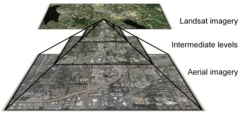
|
Optimizing continuity in multiscale imagery.
ACM Trans. Graphics (SIGGRAPH Asia), 29(6), 2010.
|
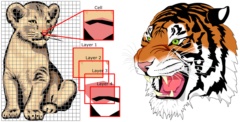
|
Random-access rendering of general vector graphics.
ACM Trans. Graphics (SIGGRAPH Asia), 27(5), 2008.
|
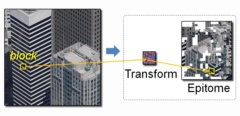
|
Factoring repeated content within and among images.
ACM Trans. Graphics (SIGGRAPH), 27(3), 2008.
|
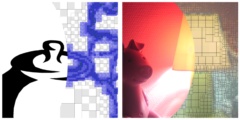
|
Compressed random-access trees for spatially coherent data.
Symposium on Rendering 2007.
|

|
Perfect spatial hashing.
ACM Trans. Graphics (SIGGRAPH), 25(3), 2006.
|
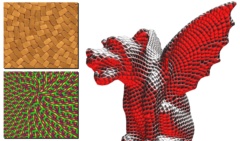
|
Appearance-space texture synthesis.
ACM Trans. Graphics (SIGGRAPH), 25(3), 2006.
|

|
Parallel controllable texture synthesis.
ACM Trans. Graphics (SIGGRAPH), 24(3), 2005.
|

|
Geometry clipmaps: Terrain rendering using nested regular grids.
ACM Trans. Graphics (SIGGRAPH), 23(3), 2004.
|
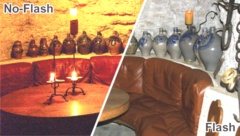
|
Digital photography with flash and no-flash image pairs.
ACM Trans. Graphics (SIGGRAPH), 23(3), 2004.
|

|
Inter-surface mapping.
ACM Trans. Graphics (SIGGRAPH), 23(3), 2004.
|

|
Spherical parametrization and remeshing.
ACM Trans. Graphics (SIGGRAPH), 22(3), 2003.
|

|
Multi-chart geometry images.
Symposium on Geometry Processing 2003, 146-155.
|
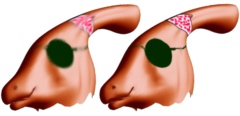
|
Signal-specialized parametrization.
Eurographics Workshop on Rendering 2002, 87-100.
|

|
Texture mapping progressive meshes.
ACM SIGGRAPH 2001 Proceedings, 409-416.
|
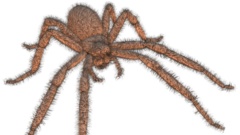
|
Real-time fur over arbitrary surfaces.
Symposium on Interactive 3D Graphics 2001, 227-232.
|
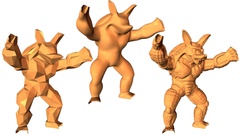
|
Displaced subdivision surfaces.
ACM SIGGRAPH 2000 Proceedings, 85-94.
|
See content copyrights.